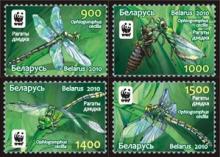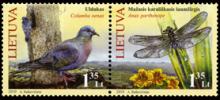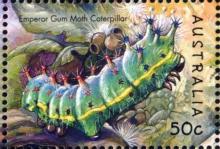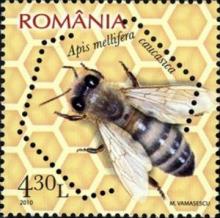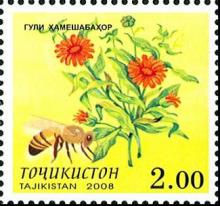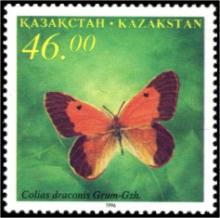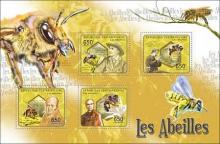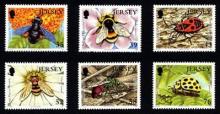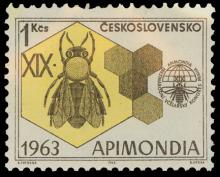Marianne Thieme over het nieuwe boek "The Systemic Insecticides: A Disaster in the Making"
Afgelopen woensdag (3 november 2010) was er een rondetafelgesprek over gif - of gewasbescherming zoals de sector het zelf graag noemt - in de Tweede Kamer. Dr. Henk Tennekes, die onderzoek doet naar de relatie tussen neonicotinoiden – een heel giftige insecticide - en bijensterfte, was daar ook aanwezig als deskundige. Dr. Tennekes is lang bezig geweest met onderzoek naar kanker. Hij vertelde mij dat hij betrokken raakte bij het onderzoek naar bijensterfte, toen hij ontdekte dat insecticiden zoals imidacloprid op een vergelijkbare manier werken als kankerverwekkende stoffen. Toen hij zich realiseerde wat dit betekent voor het milieu en de biodiversiteit, heeft hij besloten hier werk van te maken. Om zijn zorgen over de effecten van neonicotinoiden met een wijder publiek te delen, heeft Dr. Tennekes ook een boek geschreven over dit onderwerp: The systemic insecticides: a disaster in the making. Voorafgaand aan het rondetafelgesprek bood Henk mij zijn nieuwe boek aan. Hij wilde mij daarmee bedanken voor het feit dat ik al in 2007 Kamervragen heb gesteld over dit onderwerp.

